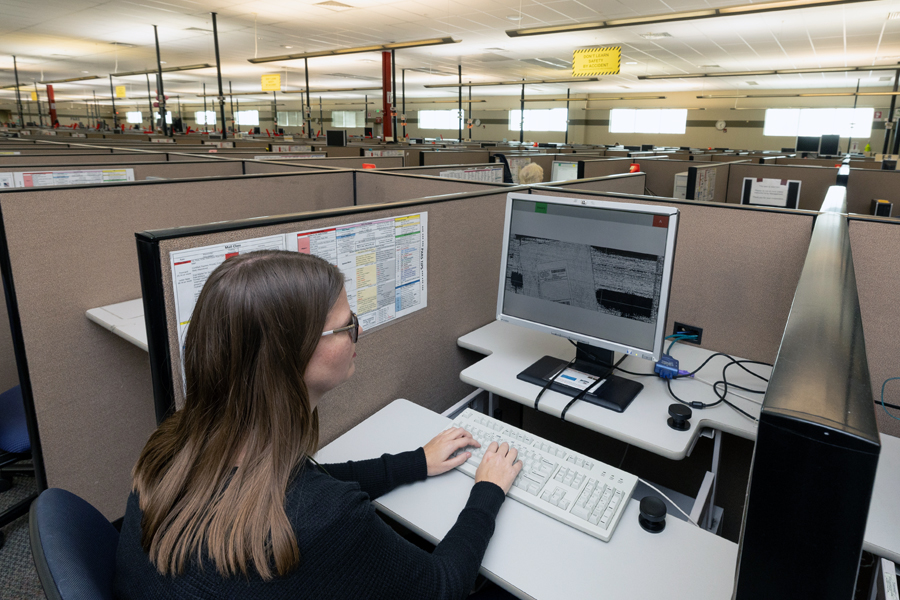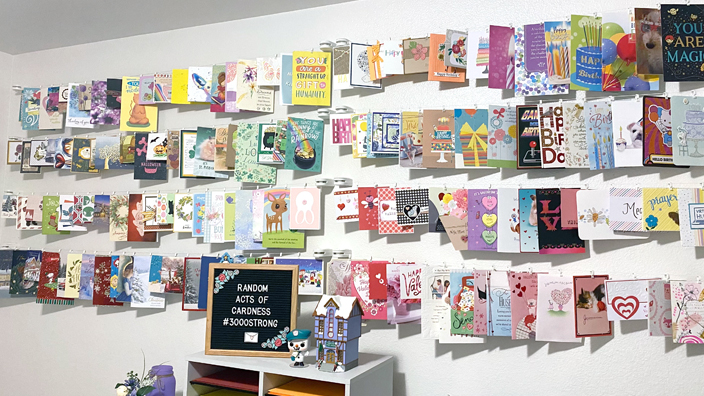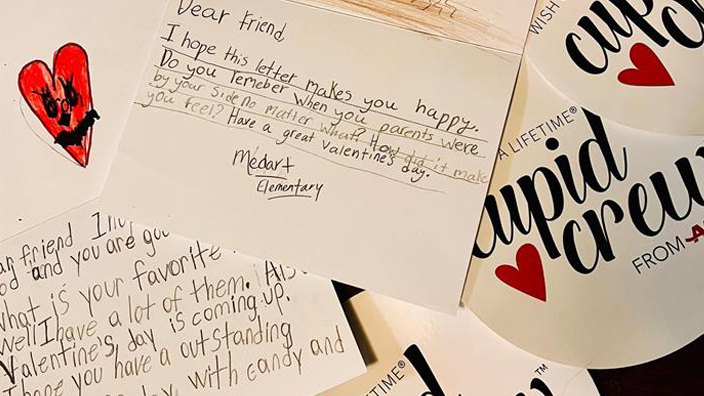The USPS Remote Encoding Center in Salt Lake City — the first such center in use and the last one still standing — celebrated 30 years of service last week.
The center receives digital images of letters and packages with illegible addresses from other postal facilities around the country. More than 730 employees work at the center, doing the detective work of determining where the poorly addressed mailpieces are supposed to go.
Each day, the center — which operates around the clock, 365 days a year — receives about 2.3 million address images.
“We have a big impact by connecting people, businesses and customers,” said Barbara Batin, the center’s manager.
At their height in the late 1990s, the Postal Service had 55 remote encoding centers, or RECs, nationwide. But a big decline in people sending handwritten letters, and dramatic advances in optical character recognition technology, made the rest of the centers redundant.
For example, in the 1990s, USPS processing machines were able to read fewer than half of the addresses that went through them. Today, about 99 percent are readable.
In 2014, the Salt Lake City Remote Encoding Center became the only one still open.
The center took on tasks from closing RECs that could be considered challenging, such as change-of-address mail and deciphering addresses from more exotic locales.
“We stuck around because we were able to make changes. We had supervisors and managers who knew what needed to be changed,” said Ryan Bullock, the center’s operations manager.
Johanna Luckau, the center’s senior manager, said the Salt Lake City team “worked hard to adopt new practices to increase speed, accuracy and efficiency.”
The center marked its anniversary April 18 with a celebration where employees shared memories, and all staffers received a thank-you message and a lanyard created for the occasion.
“I feel quite fortunate — not many people can stay with an organization and still love their job after 20-plus years,” Luckau said.



